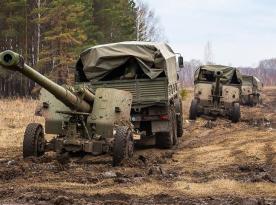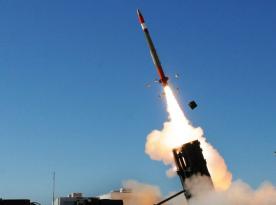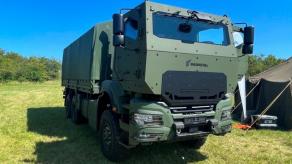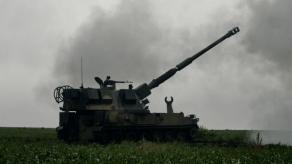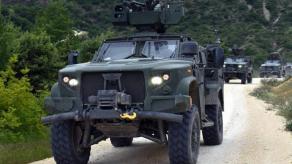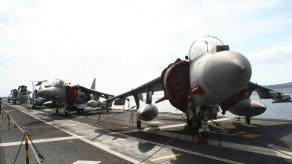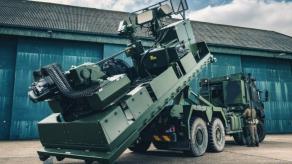London-based Royal United Services Institute (RUSI) think tank has published a new analytical report re-assessing the impact of sanctions imposed against the russian defense industry on Moscow's ability to wage war against Ukraine.
The full article is available here. Defense Express, in turn, would like to pinpoint the identified three critically important conclusions drawn by RUSI researchers. First, Western countries overestimated their ability to prevent the supply of essential resources to russian military plants right from the start.
Read more: Researchers Counted Remaining T-80 MBTs in russian Storage, Enough to Keep the Army Supplied Until 2026
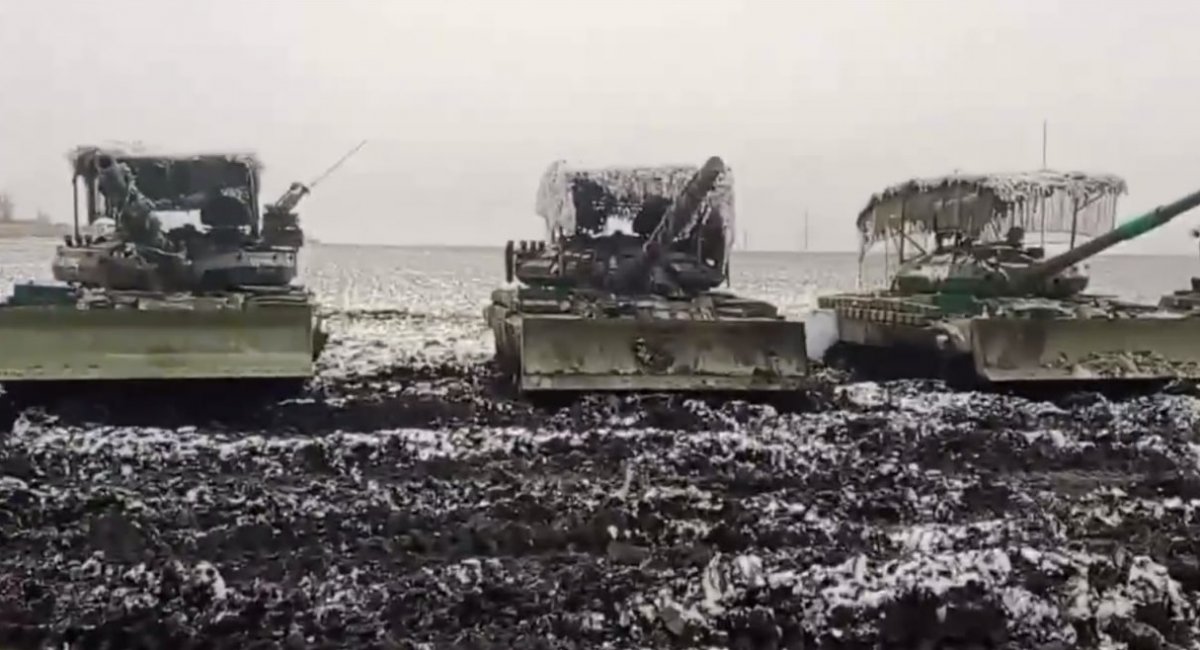
Second, existing sanctions mechanisms practiced around the globe have been tailored for anti-terrorist measures, not states and large corporations. Lastly, Western countries that joined the sanctions regime against russia failed to establish a coherent system of information exchange, playing into the Kremlin's hands.
An important aspect of the RUSI research is the production rates of certain types of weapons and ammunition, which russia has gradually increased during the war against Ukraine. However, the sources of these figures are questionable.
For example, RUSI reports that as of early 2022, russia could produce about 250,000 152mm projectiles per year, which increased to 1 million new shells yearly in 2022–2023, with hopes to produce 1.325 million in 2024.
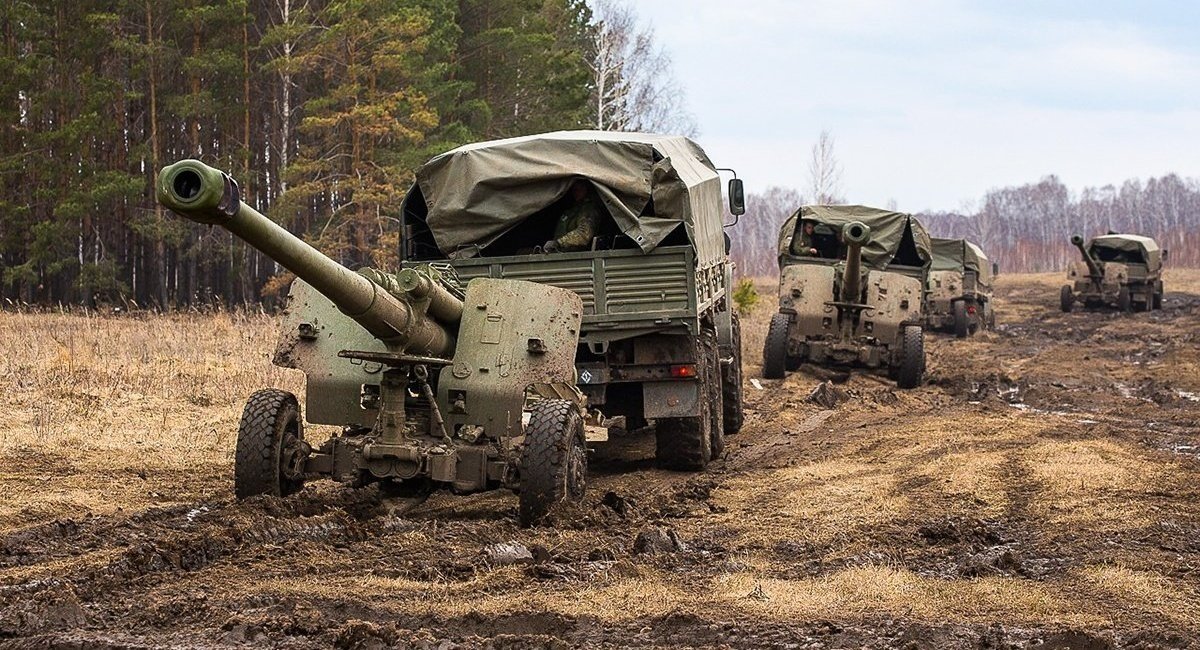
As for 122mm ammunition for barrel artillery, the experts provide only the planned production figure for 2024 outlined by russian manufacturers — 800,000 units.
On the other hand, with regard to 122mm rockets for BM-21 Grad multiple launch rocket system, after producing only 33,000 in 2023, they now expect to make 500,000 rockets in 2024.
Production of 220mm rockets for the Uragan MLRS was 2,800 units in 2023, with plans for 17,000 units in both 2024 and 2025 each.
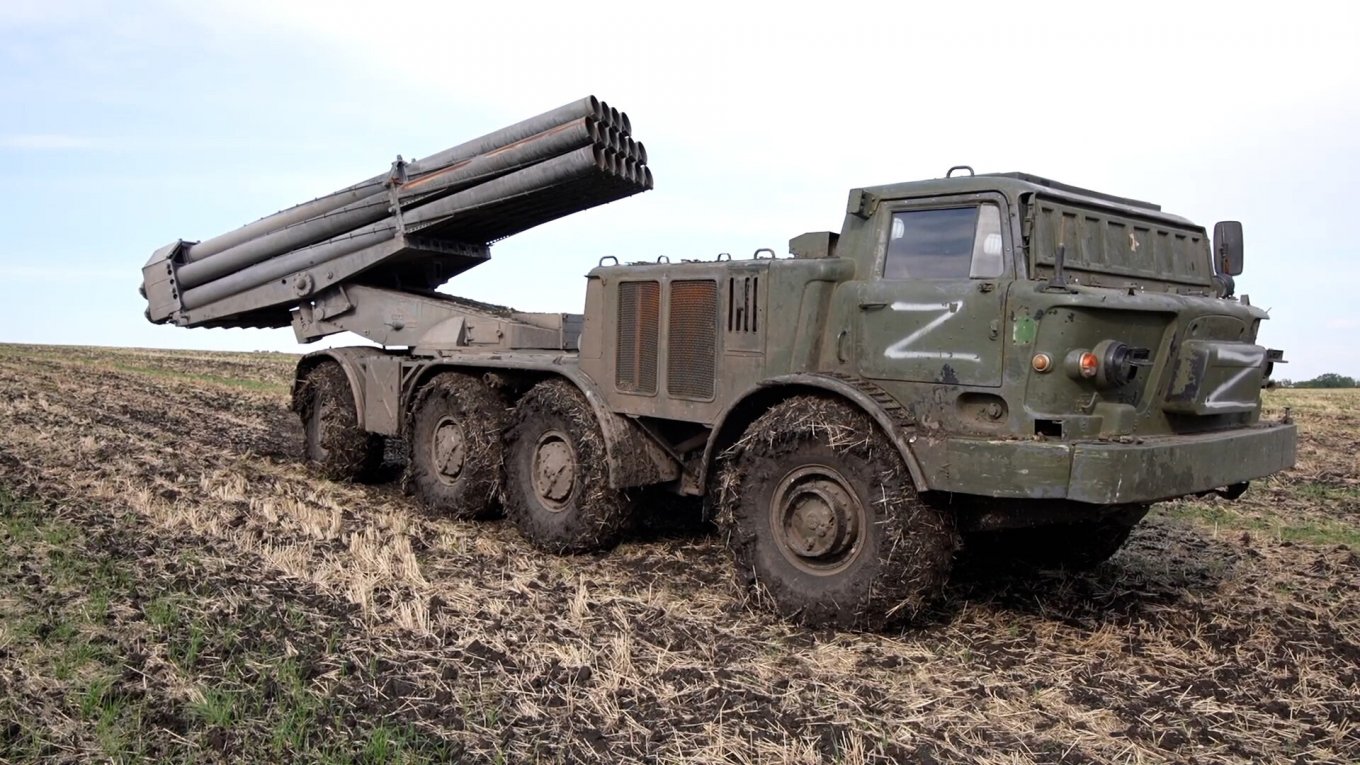
RUSI analysts also state that the russian defense sector plans to supply 1,500 tanks and 3,000 other armored vehicles in 2024 and 2025, about 80% of which will be restored and modernized vehicles from storage bases.
However, they note an increase in newly manufactured armored vehicles, such as the BMP-3 infantry fighting vehicle, with an estimated production of 500 units in 2023. That is despite the russian army having had only 600 IFVs of this type overall in 2022. Such an increase, if true, is concerning news for Ukraine.
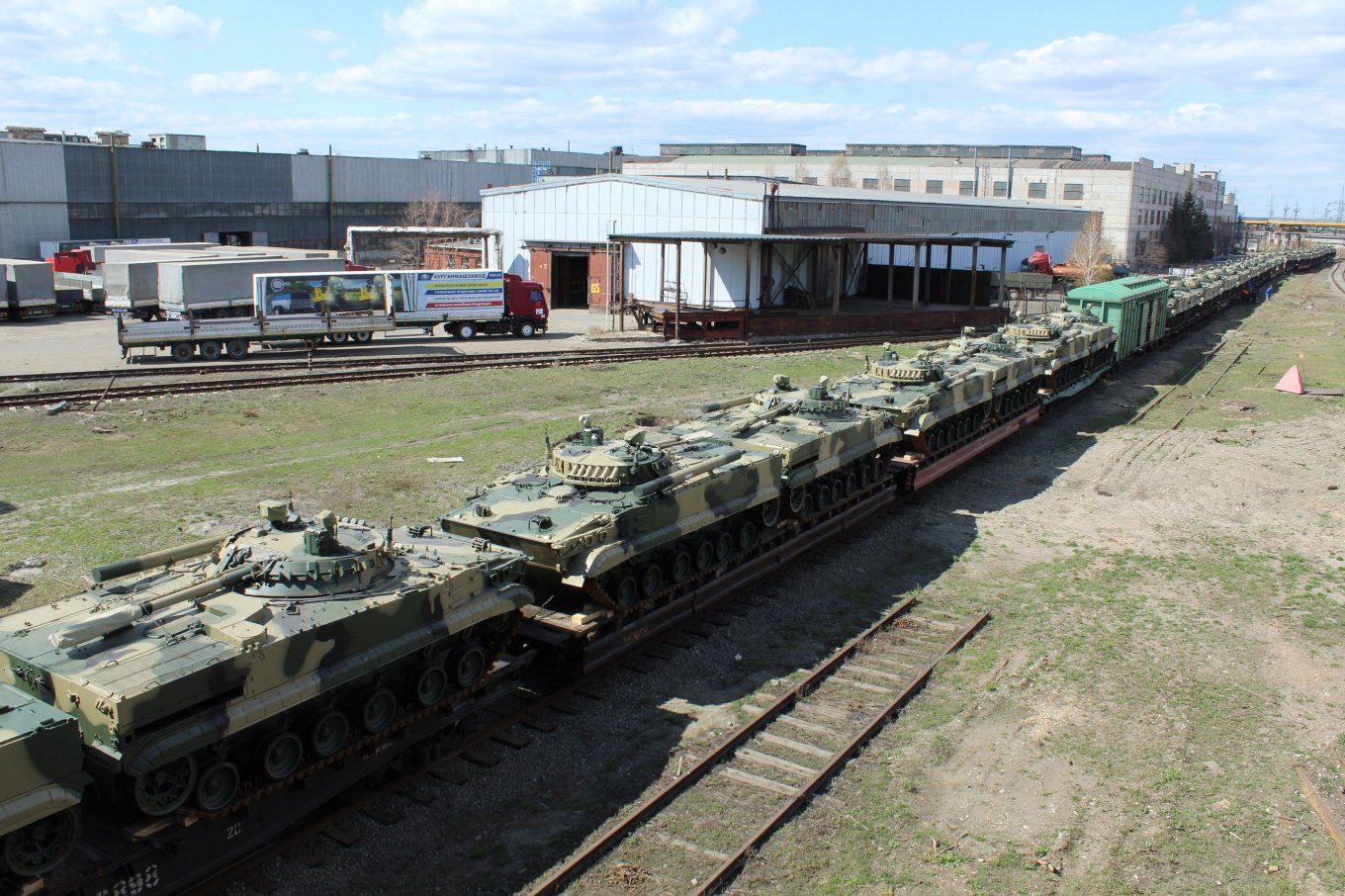
The report also provides figures on the production dynamics of Kh-101 cruise missiles. In 2021, the russian Ministry of Defense aimed to produce 350 cruise missiles per year, but the defense industry managed only 56 annually. In 2022, the target increased to 460 Kh-101s per year: the manufacturer was still struggling to meet this requirement, though managed to near it with 420 units produced in 2023.
Yet a crucial conceptual nuance worth emphasizing here is that RUSI analysts sourced all these figures from Kremlin-controlled russian sources, which tend to manipulate the data toward exaggerating the achievements of the domestic industry. This raises questions about the point of using such biased data, especially in an article analyzing the failure of Western sanctions to achieve their objectives against russia's military industry.
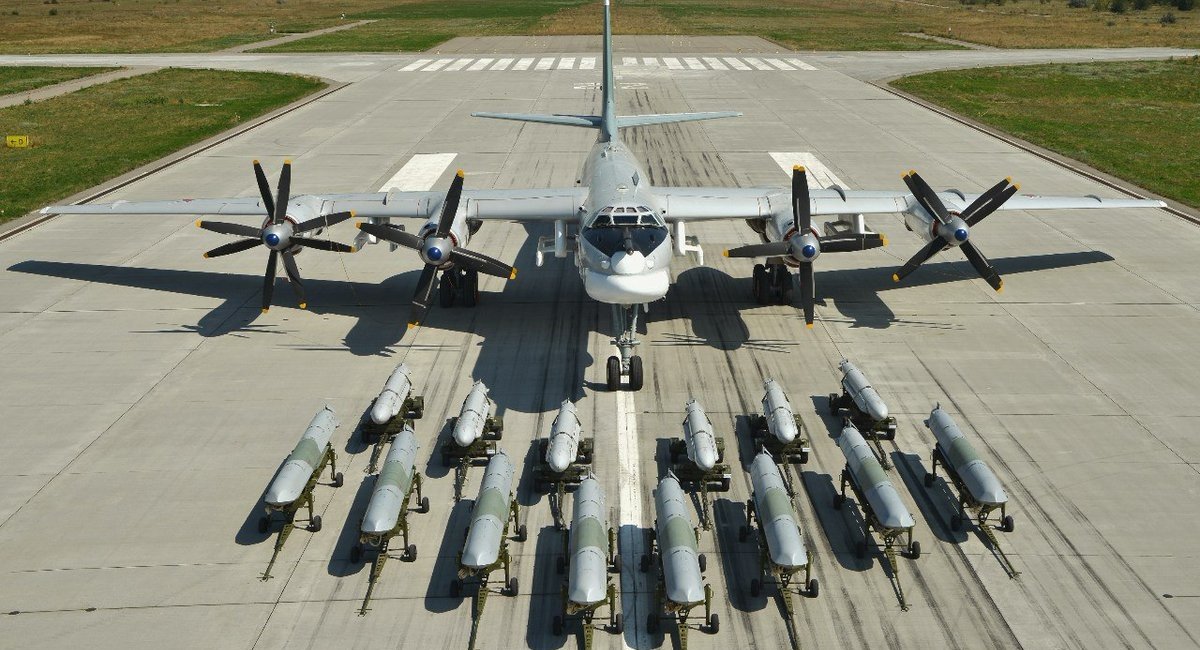
Read more: France Made 500 Shells a Year in 2017, Today Aims For 100,000 and Promises 80% to Ukraine





